Integers and Their Applications
Concept Map
Integers are fundamental to mathematics, representing whole numbers including positive, negative, and zero. They are essential in various fields like meteorology and economics, and are crucial for solving equations and mathematical problems. The concept of consecutive integers, such as {5, 7, 9}, and their use in problem-solving are also discussed, alongside the rules governing integer operations.
Summary
Outline
Exploring the Basics of Integers
Integers form a critical part of the mathematical world, representing the set of whole numbers that include positive numbers, negative numbers, and zero. Unlike fractions or decimals, integers are discrete and do not represent parts of a whole. Denoted by the letter Z, from the German word "Zahlen" (meaning "numbers"), the set of integers is infinite, extending indefinitely in both the positive and negative directions from zero: {..., -3, -2, -1, 0, 1, 2, 3, ...}. Integers arise from the natural numbers via the operations of addition and subtraction. For example, subtracting a larger natural number from a smaller one results in a negative integer, and subtracting any number from itself gives zero. While addition, subtraction, and multiplication of integers always yield an integer, division of two integers may not, as it can result in a fraction or decimal.Practical Applications and Mathematical Significance of Integers
Integers are not just theoretical constructs but have real-world applications in fields such as meteorology, where they denote temperatures, including those below zero, and in economics, where they represent financial values in transactions and accounting. In mathematical equations, integers allow for a broader range of solutions compared to natural numbers. For instance, in the equation a + x = b, if a and b are natural numbers, a solution for x exists only if b is greater than a. However, with integers, a solution is always possible due to the inclusion of negative numbers and zero. This property of integers enables them to solve a diverse array of mathematical problems, highlighting their importance in both pure and applied mathematics.The Concept of Consecutive Integers
Consecutive integers are numbers that follow in an unbroken sequence, where each number is exactly one more than the number before it. This sequence can be represented as x, x + 1, x + 2, and so on, for any integer x. These sequences can be either ascending or descending and can incorporate both positive and negative integers, such as in the sequence {-5, -4, -3, -2, -1, 0, 1, 2}. Consecutive odd or even integers are also considered, where each number in the sequence differs by two from its neighbors, exemplified by the odd sequence {5, 7, 9, 11, 13} and the even sequence {2, 4, 6, 8, 10}.Problem-Solving with Consecutive Integers
Mastery of consecutive integers is vital for solving various mathematical challenges. For example, if the sum of two consecutive integers is given, one can determine the specific integers. Take the problem where the sum is 97; by designating the first integer as x, the second as x + 1, and forming the equation x + (x + 1) = 97, we find that x equals 48. Therefore, the consecutive integers are 48 and 49. This logical approach is applicable to a multitude of problems involving consecutive integers, offering a structured method for finding solutions.Rules of Integer Operations
The operations on integers are governed by specific rules that are fundamental to arithmetic. When adding two integers of the same sign, the result is an integer with that same sign. Conversely, when adding integers of opposite signs, the sign of the result corresponds to the integer with the larger absolute value. Multiplication of integers follows a similar pattern: the product of two integers with identical signs is positive, while the product of two integers with differing signs is negative. Division of integers results in a positive quotient if the integers have the same sign and a negative quotient if their signs differ. These operational rules are crucial for understanding arithmetic involving integers.Number Lines and Integer Operations
Number lines serve as an effective visual aid for comprehending integer operations. They graphically depict integers and the relationships between them, simplifying the understanding of addition and subtraction. To add a negative integer, one moves left on the number line; to add a positive integer, one moves right. Subtraction is similarly visualized: to subtract a positive integer, move left; to subtract a negative integer, move right. This visual method can demystify the process of working with positive and negative numbers, especially for students who are new to these concepts.Show More
Definition and Properties of Integers
Definition of Integers
Integers are whole numbers that include positive numbers, negative numbers, and zero
Properties of Integers
Discreteness
Integers are discrete and do not represent parts of a whole
Infinity
The set of integers is infinite, extending indefinitely in both positive and negative directions from zero
Operations
Integers arise from natural numbers through addition and subtraction, and always yield an integer through these operations
Real-World Applications
Integers have practical uses in fields such as meteorology and economics, and allow for a broader range of solutions in mathematical equations compared to natural numbers
Consecutive Integers
Definition of Consecutive Integers
Consecutive integers are numbers that follow in an unbroken sequence, where each number is exactly one more than the number before it
Types of Consecutive Integers
Ascending and Descending
Consecutive integers can be either ascending or descending, and can incorporate both positive and negative numbers
Odd and Even
Consecutive odd or even integers differ by two from their neighbors in the sequence
Importance in Problem Solving
Mastery of consecutive integers is crucial for solving various mathematical challenges, such as determining specific integers given their sum
Operations on Integers
Rules for Addition
When adding integers with the same sign, the result is an integer with that same sign, while adding integers with opposite signs results in a sign corresponding to the integer with the larger absolute value
Rules for Multiplication
The product of two integers with identical signs is positive, while the product of two integers with differing signs is negative
Rules for Division
Division of integers results in a positive quotient if the integers have the same sign and a negative quotient if their signs differ
Visualizing Operations with Number Lines
Number lines can serve as a helpful visual aid for understanding addition and subtraction of integers, where moving left or right on the line represents adding or subtracting a negative or positive integer





